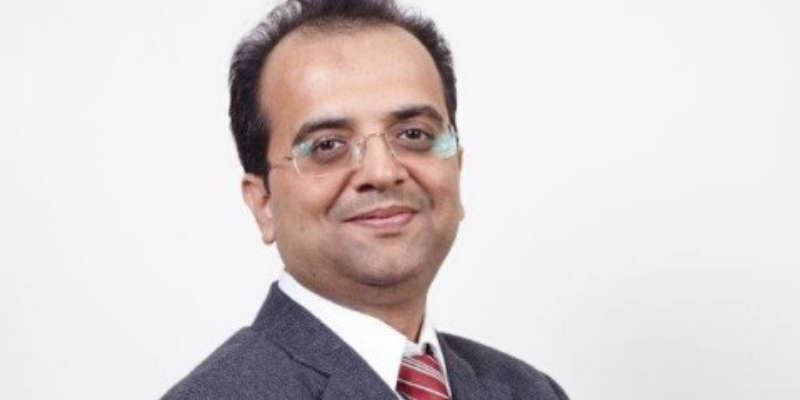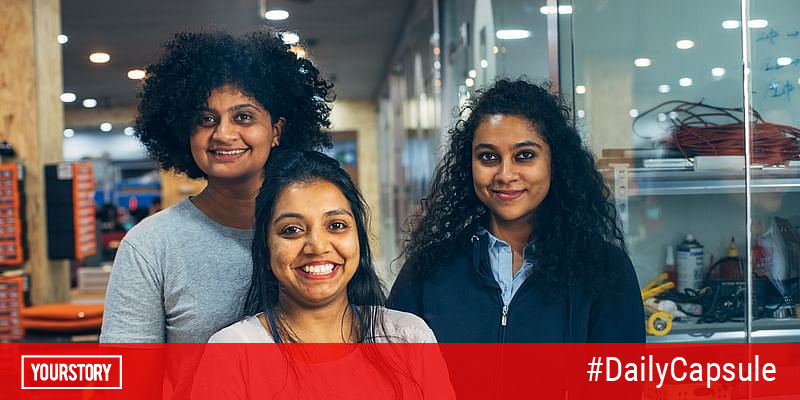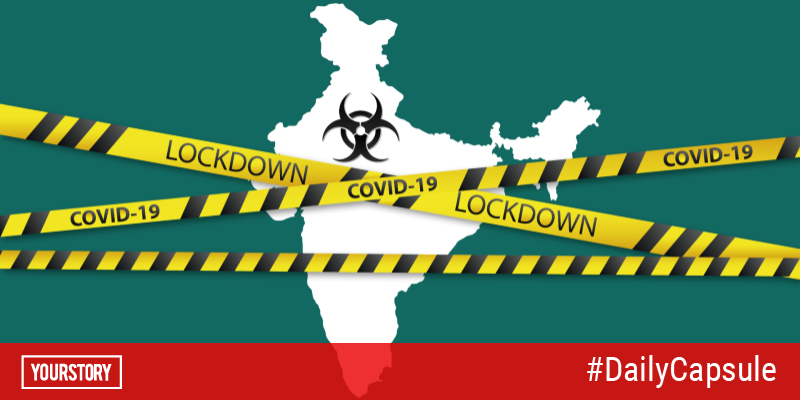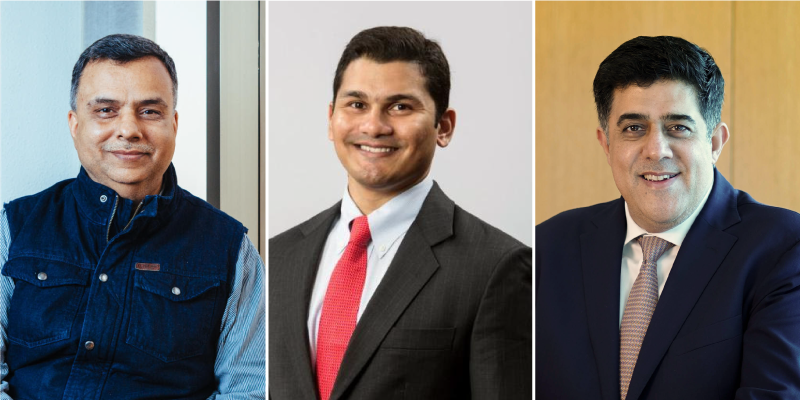Third gen of Banswara Syntex, this pair of brothers is cashing in on D2C wave with The Pant Project
Duo leverages know-how of the family textile business and international exposure to global fashion to launch The Pant Project, a custom-made, e-tailor platform.
Brothers Dhruv and Udit Toshniwal started The Pant Project at a time when most people (largely their target customers) had become comfortable working from home in their Zoom waist-up dressing.
They launched their D2C custom pant brand in October of 2020 when the world preferred to hang out pant-free. Over a call from Mumbai, the two of them laugh at this observation and take the point well, saying, “but we also have shorts, joggers, and other leisurewear”.
Udit, who is the creative brain of the duo, says now that offices are starting to open and people are indulging in revenge travel, they have custom-made cargo pants (which means you can add as many pockets as possible), chinos, and all-day comfort formal pants.
“Body shapes have changed and finding the right fit is important,” says 28-year-old Udit.
Solving for perfect fit online
With their D2C custom-made, e-tailor platform, the brothers are bringing the convenience of a tailored fit pair of pants with a simple swipe on your phone.
“We did an intensive customer research regarding size, shape, and preference of the Indian male for pants. We came up with three styles: slim fit, tapered, and relaxed,” says 30-year-old Dhruv, the older of the two, who handles all the business processes, including finance and ops. While most international brands focus on styles for the young, the brothers say their style of pants is suited for all age groups.
“Our specs are best suited for the Indian man based on our consumer research. Our fabrics have stretch in them and that gets all our pants to be comfortable,” says Dhruv.
Once the customer decides on the style, they are asked for specific measurements. There’s a help section on how to measure oneself that includes ways like measuring an existing pair of pants, preference of well-known brands and size, and measuring waist size. “These are all easy options for the customers so that we get the right fit for them,” says Dhruv.
Family business legacy
The biggest USP for The Pant Project, however, is the quality of fine fabrics they use. The young Toshniwals are riding on 46-years of expertise in textiles and garments of Banswara Syntex, a vertically integrated manufacturer of yarn, fabric, and garments, which their grandfather RL Toshniwal set up in 1976 as a small spinning mill in the bamboo forest town of Banswara in Rajasthan.
The third generation of the public-listed family business worth over $200 million, Dhruv and Udit have armed themselves with not only the processes of running a business but manufacturing knowledge of textiles and have their pulse on the global fashion market.
The company makes polyester viscose yarns, cotton yarns, woolen yarns, blended yarns, knits, and linen. It is also known for its stretch technology fabrics.
In a 2019 PwC family business survey, 54 percent of the 106 family business leaders surveyed in India said that the need to innovate is their biggest challenge.
And though Banswara Syntex works with top global brands like Uniqlo, Marks & Spencer, Levi Strauss & Co, Ralph Lauren, GAP, and Hugo Boss with industry 4.0 standards, the young Toshniwals are on a mission to infuse a new and younger culture into the business.

Cricketer Rishabh Pant models for The Pant Project.
At present, The Pant Project is a separate entity started with the duo's savings and seed capital from their father. According to Dhruv, having a fresh entrepreneurial mindset within the organisation often is a challenge, but his family has been supportive of their endeavour.
“We first joined the family business and then came up with the idea of setting up a direct to consumer because that is the future,” says Udit.
Dhruv graduated from Wharton in 2013 and worked in financial services in New York and Latin America. “I saw the D2C revolution in the US with companies like Bonobos, Trunk Club, and Stitch Fix, which were the inspiration for me when I moved back to India in 2017 and joined the family business,” he says.
Udit went to art school at the School of the Art Institute of Chicago and says he switched from furniture design to fashion after having been exposed to a few meetings that his father made him join while in the US.
The perfect pair
“We found a product-market fit very early in the journey and are overwhelmed with the response,” they say.
In the last nine months, The Pant Project has served over 6000 clients and delivered 10,000 pants. They say the high number of repeat customers, over 25-30 percent, has encouraged them, as they found that these repeat customers were spending over Rs 10,000 of average order value.
In April this year, they signed cricketer Rishabh Pant as their brand ambassador and hope that this celebrity endorsement will speed up their customer acquisition.
Shipping and logistics infrastructure has been a challenge, admits Dhruv, because of COVID restrictions. A delivery takes anytime between seven days and 10 days because the garment is stitched only once the order is placed, and the fact that the delivery is made straight from their factory in Daman to the customer’s doorstep.
Considering they handle their own manufacturing processes, instead of outsourcing the fabrics, they are able to provide tailor-made international quality products at competitive pricing with off-the-rack international brands.
As Dhruv says, “This was a good opportunity to build something of our own. There has not been a better time than now for entrepreneurship in India. Seeing the rise in ecommerce trends and better digital infrastructure, using the family business to launch this seemed like the logical thing to do. It was a no-brainer and had to be done.”
Edited by Teja Lele










